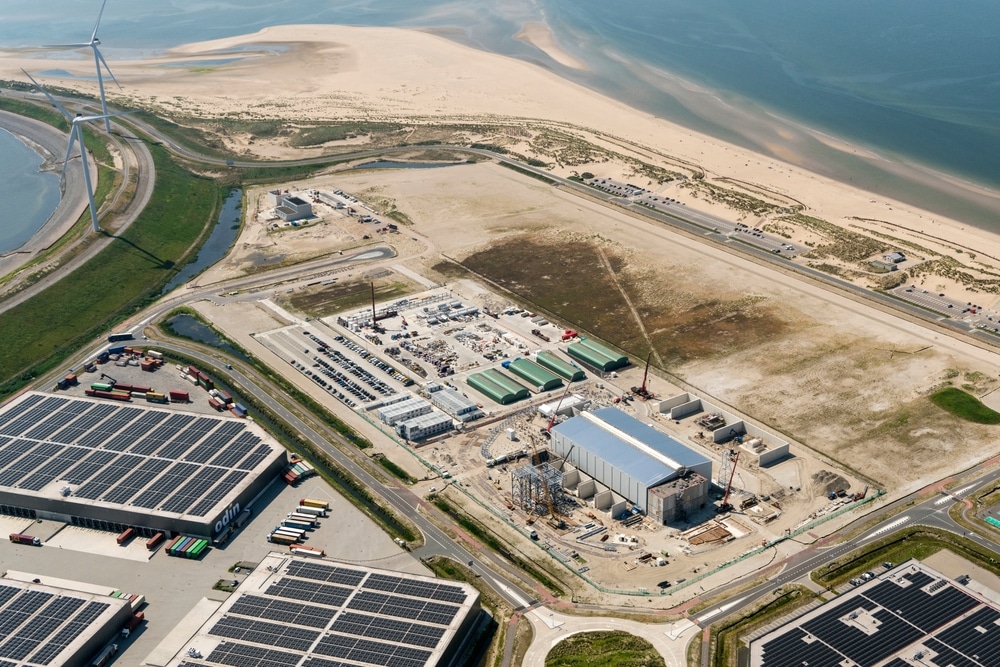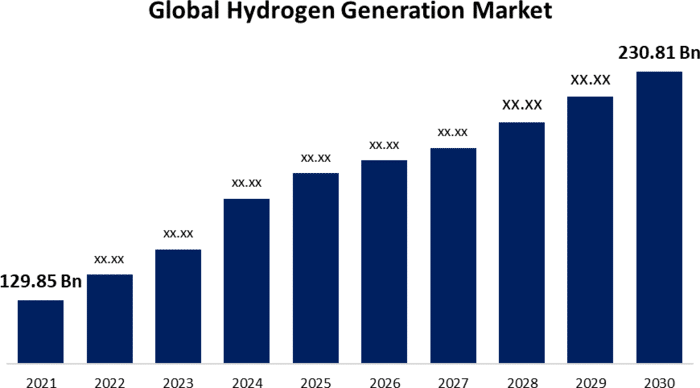The South Australian Government has announced its selected consortium, comprising ATCO Australia and BOC, a Linde company, to develop what ATCO dubbed as the ‘world’s largest hydrogen production facility’ and hydrogen power plant near Whyalla, South Australia for A$593 million or US$376 million.
There were 29 companies competing for winning the contract, which includes Fortescue Future Industries of billionaire Andrew Forrest. The Government of South Australia chose ATCO and BOC for their operational expertise and experience in the hydrogen arena.
Both companies have been operating in South Australia for over 6 decades now. ATCO operates Adelaide’s 180MW Osborne Power Station.
A Central Piece of South Australia’s Hydrogen Vision
Under an Early Contractor Involvement (ECI) agreement with the State Government, the ATCO Australia and BOC consortium will work collaboratively. Their responsibilities will include detailed project and engineering design, procurement of essential equipment, finalization of contracting arrangements, and cost estimations.
The project is slated to start operations in 2026.
Expressing enthusiasm for the collaboration, Peter Malinauskas, the Premier of South Australia, noted that:
“We have all the things the world will need to decarbonize – abundant copper and magnetite, the world’s best coincident wind and solar resources, world-leading renewable energy penetration and soon, the ability to harness this abundant clean energy in the form of hydrogen.”
The Australian region aims to generate 100% of its energy from renewable sources by 2030. The whole of Australia pledged to reduce carbon emissions by 43% by 2030 and reach net zero by 2050. A crucial part of hitting these climate goals is Aussie’s carbon market where Australian Carbon Credit Units (ACCUs) are traded.
Echoing similar remarks on decarbonization, Nancy Southern, Chair & Chief Executive Officer of ATCO, said that they’re working closely with various stakeholders to “build better communities and make meaningful progress on decarbonization”.
The ambitious initiative will include a 250 MW (megawatt) hydrogen production facility alongside a 200 MW hydrogen-fueled electricity generation facility. Both facilities are a central component of South Australia’s hydrogen vision.
South Australian taxpayers will own the facilities with the government’s funding of US$376 million.
One of the preferred partners, ATCO Australia, has been advancing hydrogen in various initiatives such as the hydrogen natural gas blending project in Canada and Australia.
Through its Department for Energy and Mining, the Government of South Australia seeks to strengthen its engagement with major hydrogen stakeholders and scale up the industry through various projects and initiatives.
And that includes the Hydrogen Jobs Plan and the US$7 million demonstration project involving a 1.25 MW electrolyzer. It’s known as the Australian Gas Networks Hydrogen Park in Adelaide’s southern suburbs.
This groundbreaking initiative signifies a significant leap forward in advancing the hydrogen-driven economy. Globally, industry estimates show that hydrogen generation could reach more than $230 billion.
Revving Up the Hydrogen Revolution
In a separate initiative, Australian hydrogen infrastructure company H2U is developing a facility integrating over 75 MW in water electrolyzers. Their goal is to produce renewable hydrogen and renewable ammonia on Eyre Peninsula in South Australia.
Over in Arizona, USA, Nikola Corporation is driving the advancement of the complete hydrogen refuelling ecosystem. It’s an integrated truck and energy company, transforming commercial transportation through its battery-electric and hydrogen fuel cell electric trucks, and HYLA, Nikola’s hydrogen station brand.
Its HYLA brand secured a total of $58.2 million in grants from the California state government.
Announced in its recent Q3 2023 report, Nikola continues to see strong demand for its zero-emissions trucks fuelled by regulation and incentive tailwinds. And despite the trucks being in recall, the company still got orders for 47 battery-electric trucks from a single dealer.
Additionally, dealers consistently submit HVIP (Hybrid and Zero-Emission Truck and Bus Voucher Incentive Project) applications for Nikola’s battery-electric trucks.
Currently, Nikola and its dealers have received 277 non-binding orders from 35 customers for the hydrogen fuel cell electric truck. With the launch of the truck last September, Nikola focuses on ensuring adequate hydrogen supply and fuelling solutions to customers.
On the other side of the hydrogen highway, First Hydrogen Corp. (TSXV: FHYD) (OTC: FHYDF) (FSE: FIT) is revolutionizing the hydrogen-fuel-cell-powered vehicle (FCEV) segment.
The company’s FCEV for light commercial vehicles boasted a range of >630 km (400 miles) on a single refuelling. The FCEV has been trialed with energy company SSE Plc. and fleet management company Rivus.
Recently, First Hydrogen held its first-ever track day at the HORIBA MIRA, UK. The event enabled attendees to test drive the company’s FCEV and see its under-the-hood technology.
South Australia’s ambitious hydrogen project, alongside Nikola and First Hydrogen Corporation’s works, underscores the increasing global focus on hydrogen as a key energy source.
Disclosure: Owners, members, directors, and employees of carboncredits.com have/may have stock or option positions in any of the companies mentioned: FHYD.
Carboncredits.com receives compensation for this publication and has a business relationship with any company whose stock(s) is/are mentioned in this article.
Additional disclosure: This communication serves the sole purpose of adding value to the research process and is for information only. Please do your own due diligence. Every investment in securities mentioned in publications of carboncredits.com involves risks that could lead to a total loss of the invested capital.



